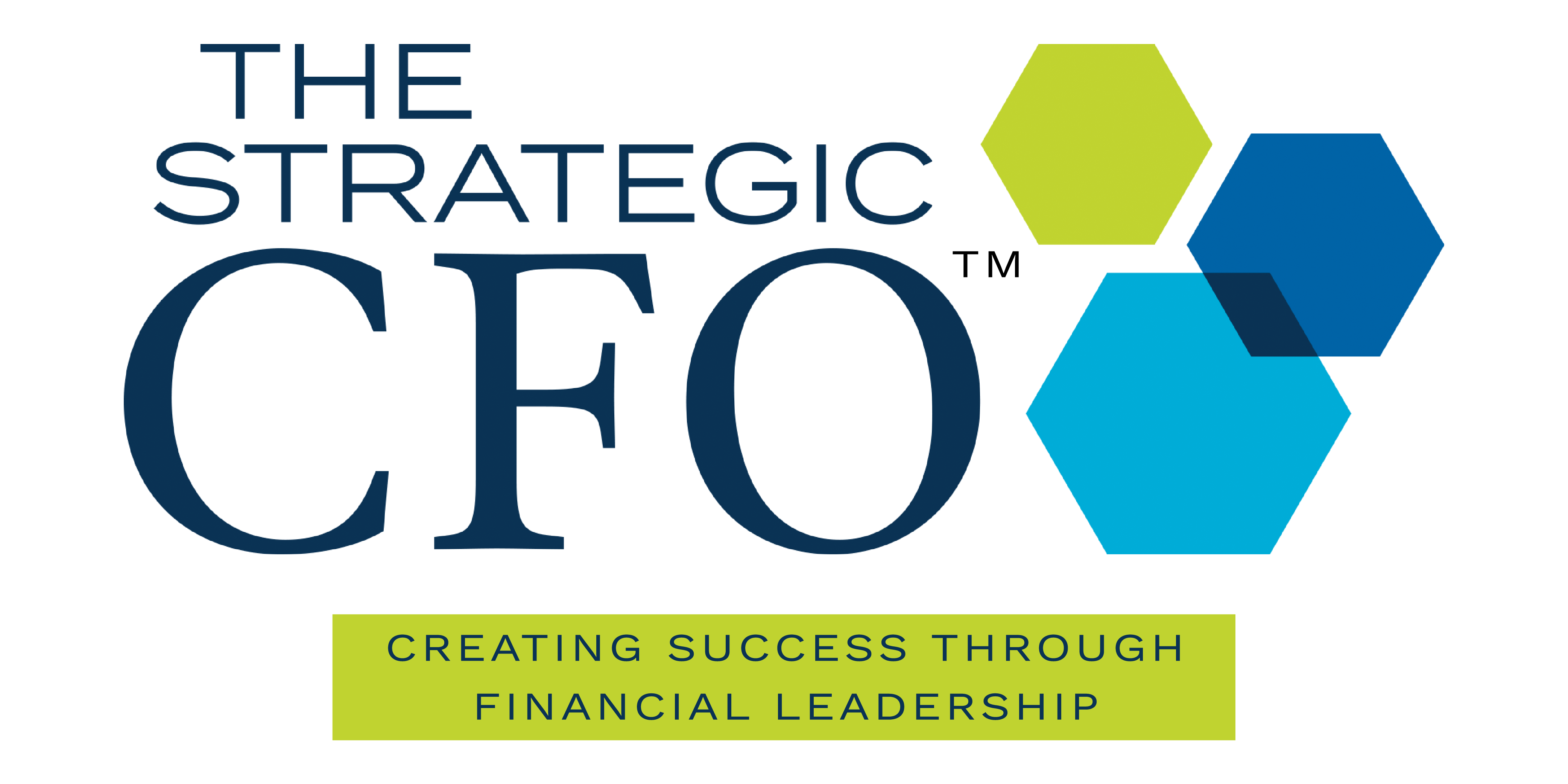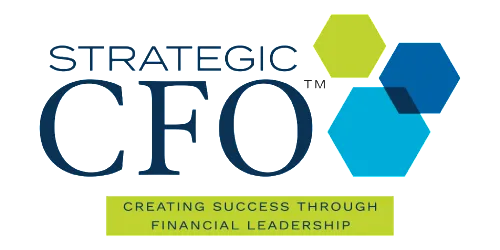13 Week Cash Flow Report » Examples
Chapter 11 Bankruptcy and the Power of a 13-Week Cash Flow Forecast
During a Chapter 11 bankruptcy I worked on several years ago, one of the initial, crucial steps was creating a 13-week cash flow forecast. This is standard practice for any Chief Restructuring Officer (CRO) navigating such situations.
When evaluating cash collection, I dug into the current process. The CEO explained that the seven-person sales team was handling collections as part of their client relationships. However, in the first two weeks, actual cash collections were drastically different from projections. This triggered an investigation with the sales team to identify the causes.
The investigation unearthed a significant issue: a complete disconnect in responsibility. The sales team believed the accountant was handling collections and follow-up on past-due accounts receivable (A/R). Conversely, the accountant assumed the sales team was managing overdue A/R. The unfortunate result? No one was actively pursuing past-due payments.
To tackle this, I established a formal collection process:
- Daily Accountability: Salespeople were assigned specific clients to contact daily regarding their overdue A/R.
- Progress Monitoring: We began with daily check-ins. As progress was made, we transitioned to every other day, and eventually to weekly check-ins.
The Outcome:
Over the subsequent five weeks, the company recovered $2.7 million of the $3.2 million in outstanding A/R. This significantly boosted liquidity and stabilized cash flow.
This experience highlights the necessity of clearly defined ownership of collections, consistent monitoring, and proactive cash management – particularly crucial when dealing with financial distress.
[gravityform id=”49″ title=”true” description=”true”]


